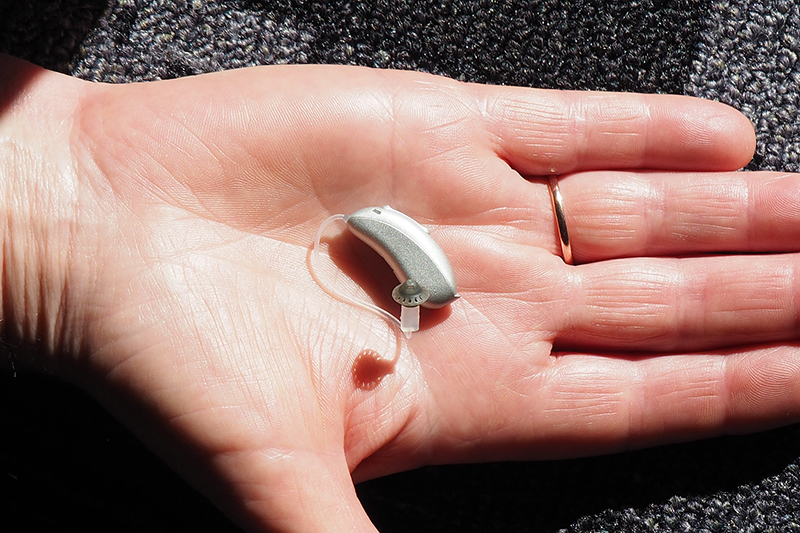
Have you recently experienced difficulties in hearing or understanding? Or have you always had hearing problems? Next, find out here how to recognize the signs of hearing impairment, and when it makes sense to have a hearing aid. You can also find out whether you need a hearing aid for both ears.
What is binaural hearing?
Binaural hearing means hearing with both ears. It refers to the ability to determine the direction of a sound source. It is also known as directional or spatial hearing. An acoustic signal or sound reaches the left and right ears at different times. Depending on the direction it’s coming from, it reaches one ear a fraction of a second sooner and more loudly than the other.
Two ears – two hearing aids
If hearing loss is confirmed in both ears, you will need two hearing aids. If hearing difficulties are related to age or caused by acoustic trauma, both ears tend to be affected in the same way. In this case, your ENT doctor will prescribe two hearing aids.
Binaural hearing can literally save our lives on the roads, as it helps us determine which direction a car, tram, or bicycle bell is coming from. Bilateral hearing aids are also important when it comes to filtering conversations from disruptive background noise. This is why having two devices makes sense, even if one of your ears is less severely affected by hearing loss. In order to hear as well as possible, people need both their ears.
This delay is sufficient for the brain:
It uses the timespan between the arrival of the sound wave in the two ears to calculate the direction of the sound. The direction a sound is coming from can only be reliably determined with two healthy ears. If you’re finding it difficult to work out where the sound of a ringing phone or crying child is coming from, it may be the first indication of hearing loss.
Since human hearing is binaural and relies on two independent sources – our ears – to function correctly, both ears must be fitted with hearing aids. If you wear only one hearing aid, the unaided ear may even unlearn how to hear, similar to an untrained muscle. Subsequent treatment with a hearing aid is certainly possible, although a considerable amount of training will be required.
What is binaural hearing?
Binaural hearing means hearing with both ears. It refers to the ability to determine the direction of a sound source. It is also known as directional or spatial hearing. An acoustic signal or sound reaches the left and right ears at different times. Depending on the direction it’s coming from, it reaches one ear a fraction of a second sooner and more loudly than the other.
Two ears – two hearing aids
If hearing loss is confirmed in both ears, you will need two hearing aids. If hearing difficulties are related to age or caused by acoustic trauma, both ears tend to be affected in the same way. In this case, your ENT doctor will prescribe two hearing aids.
Binaural hearing can literally save our lives on the roads, as it helps us determine which direction a car, tram, or bicycle bell is coming from. Bilateral hearing aids are also important when it comes to filtering conversations from disruptive background noise. This is why having two devices makes sense, even if one of your ears is less severely affected by hearing loss. In order to hear as well as possible, people need both their ears.
This delay is sufficient for the brain:
It uses the timespan between the arrival of the sound wave in the two ears to calculate the direction of the sound. The direction a sound is coming from can only be reliably determined with two healthy ears. If you’re finding it difficult to work out where the sound of a ringing phone or crying child is coming from, it may be the first indication of hearing loss.
Since human hearing is binaural and relies on two independent sources – our ears – to function correctly, both ears must be fitted with hearing aids. If you wear only one hearing aid, the unaided ear may even unlearn how to hear, similar to an untrained muscle. Subsequent treatment with a hearing aid is certainly possible, although a considerable amount of training will be required.